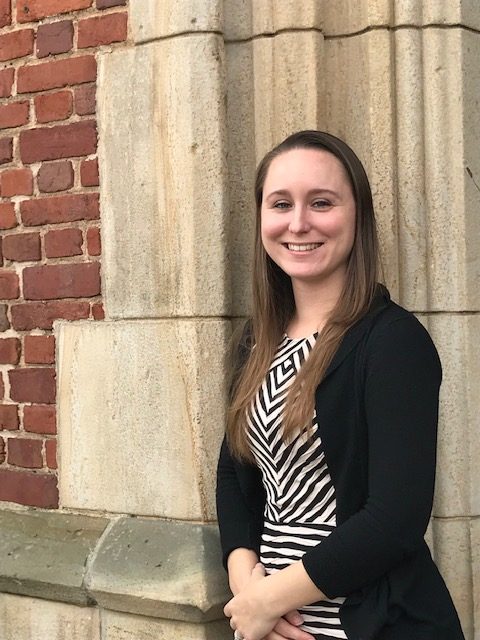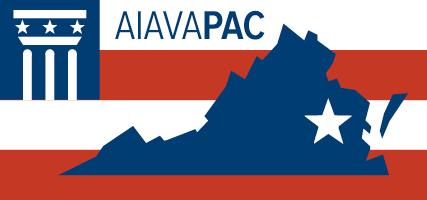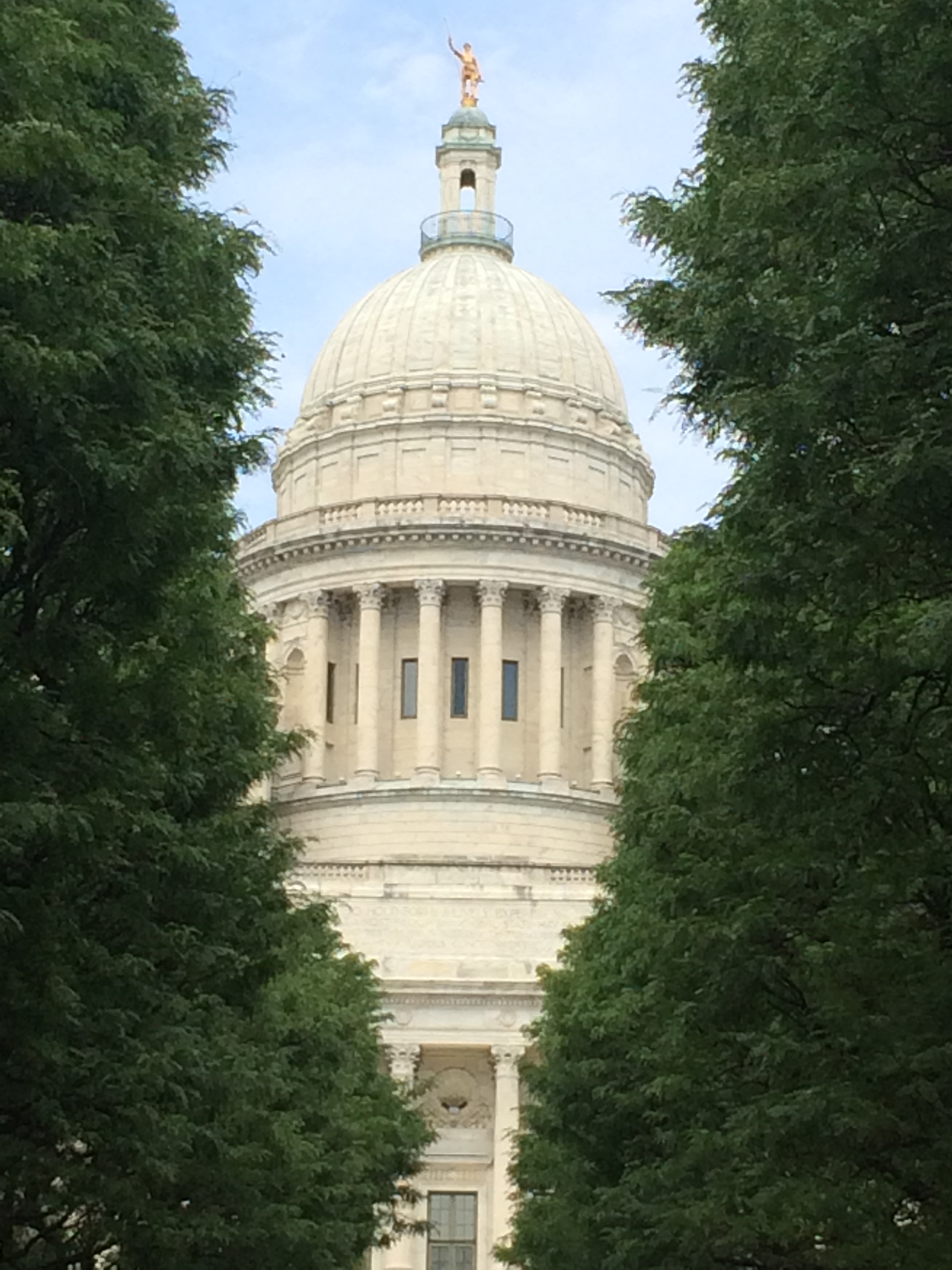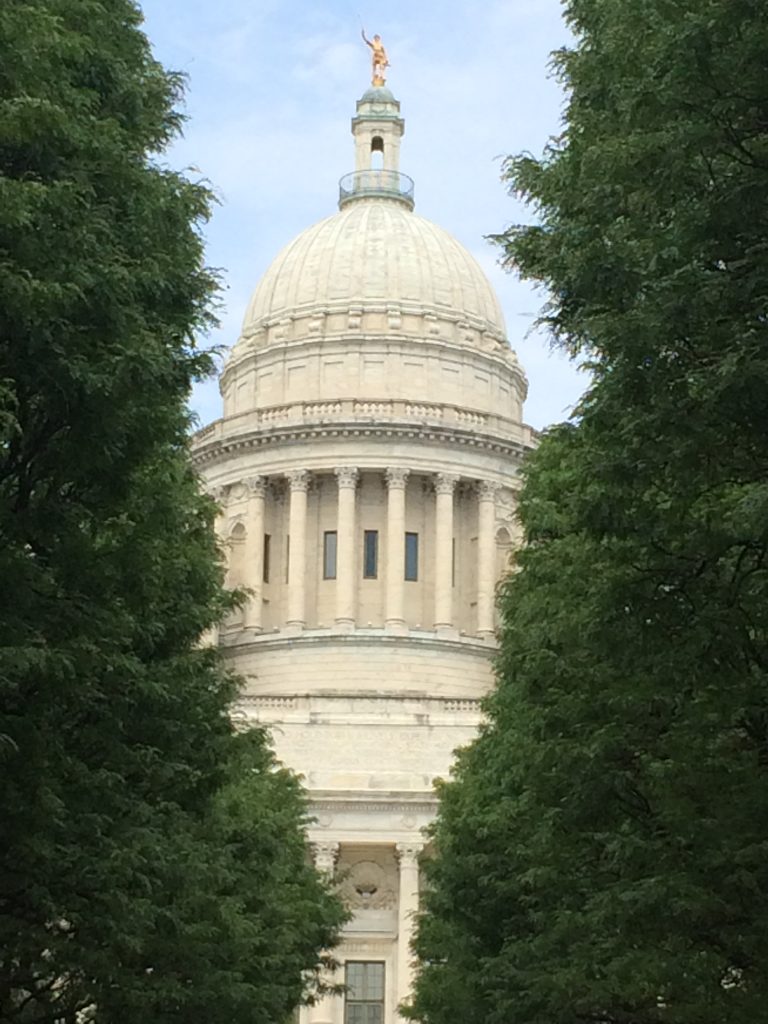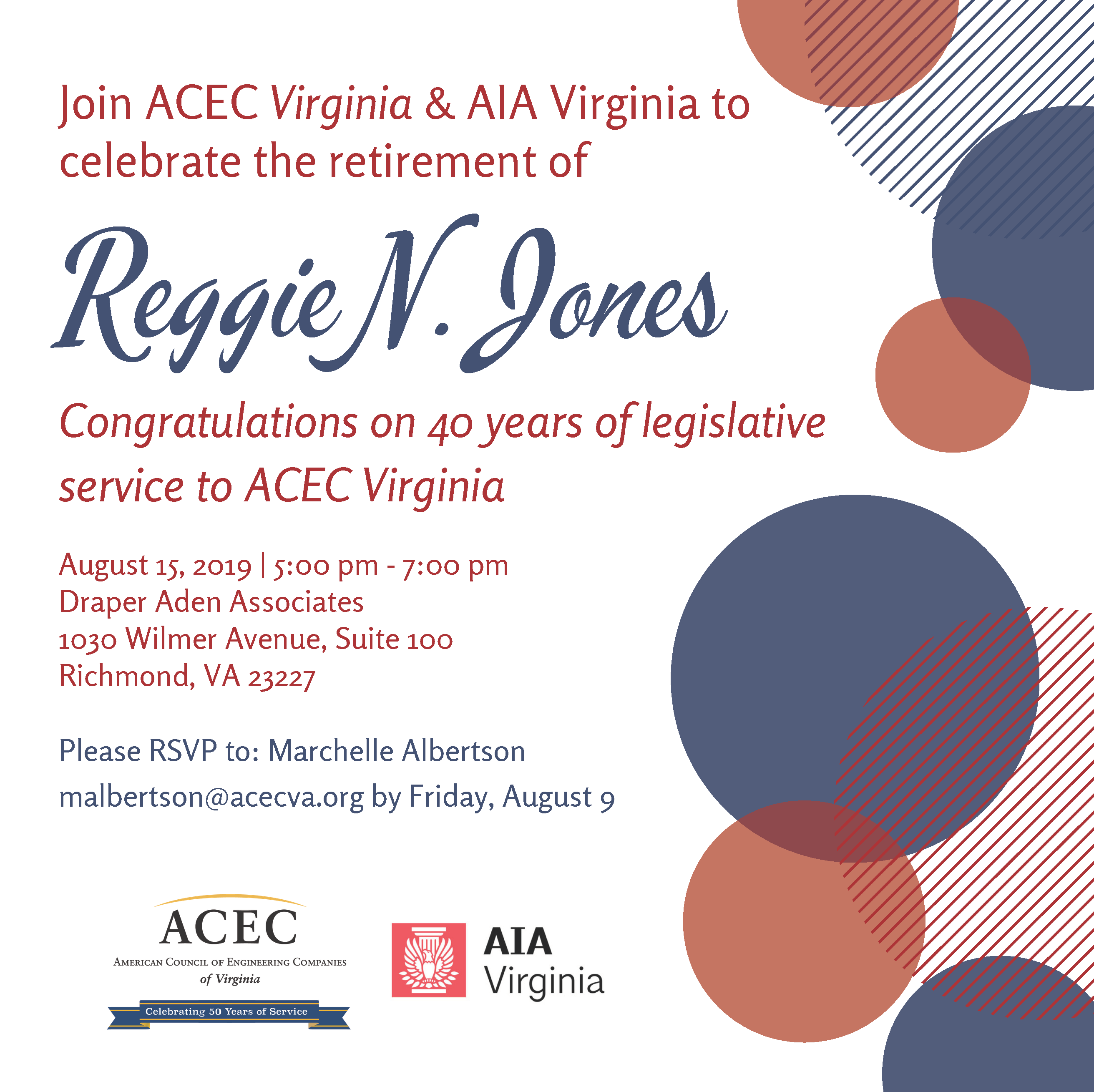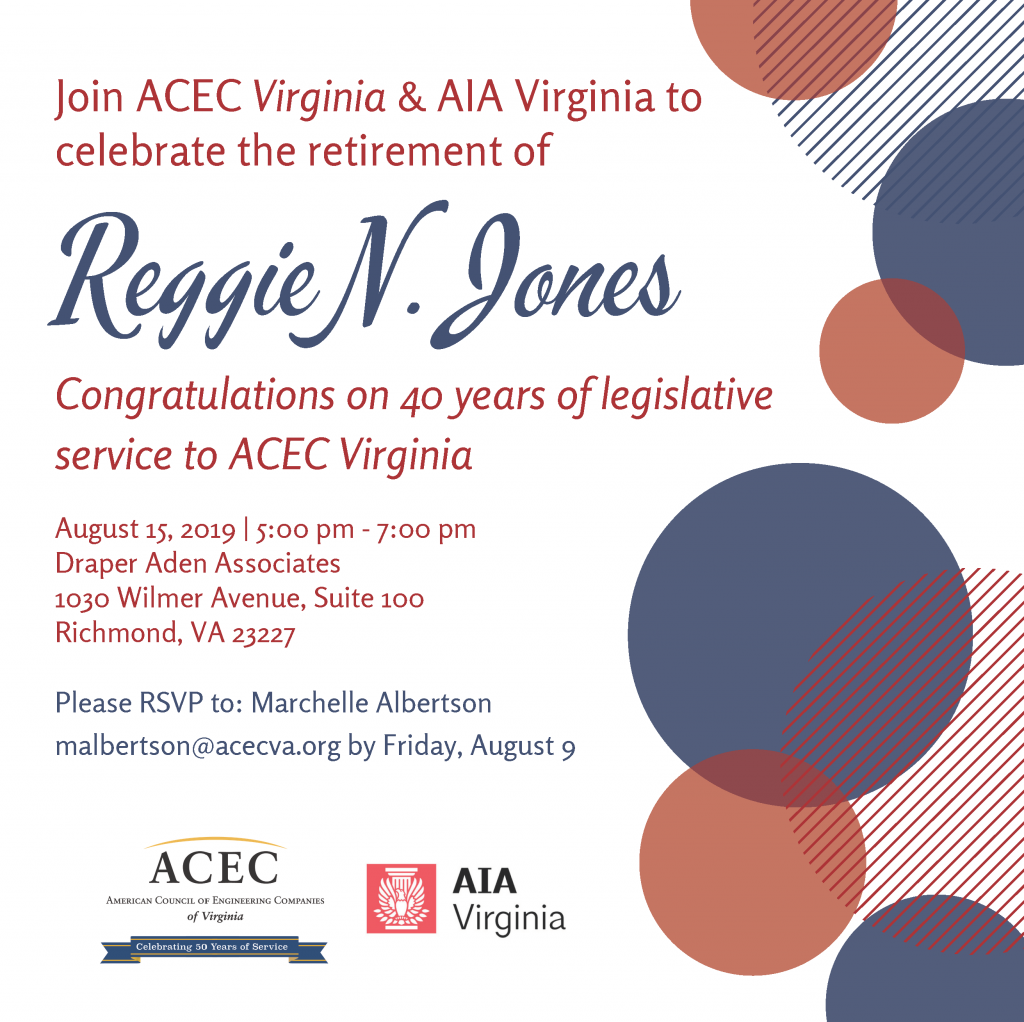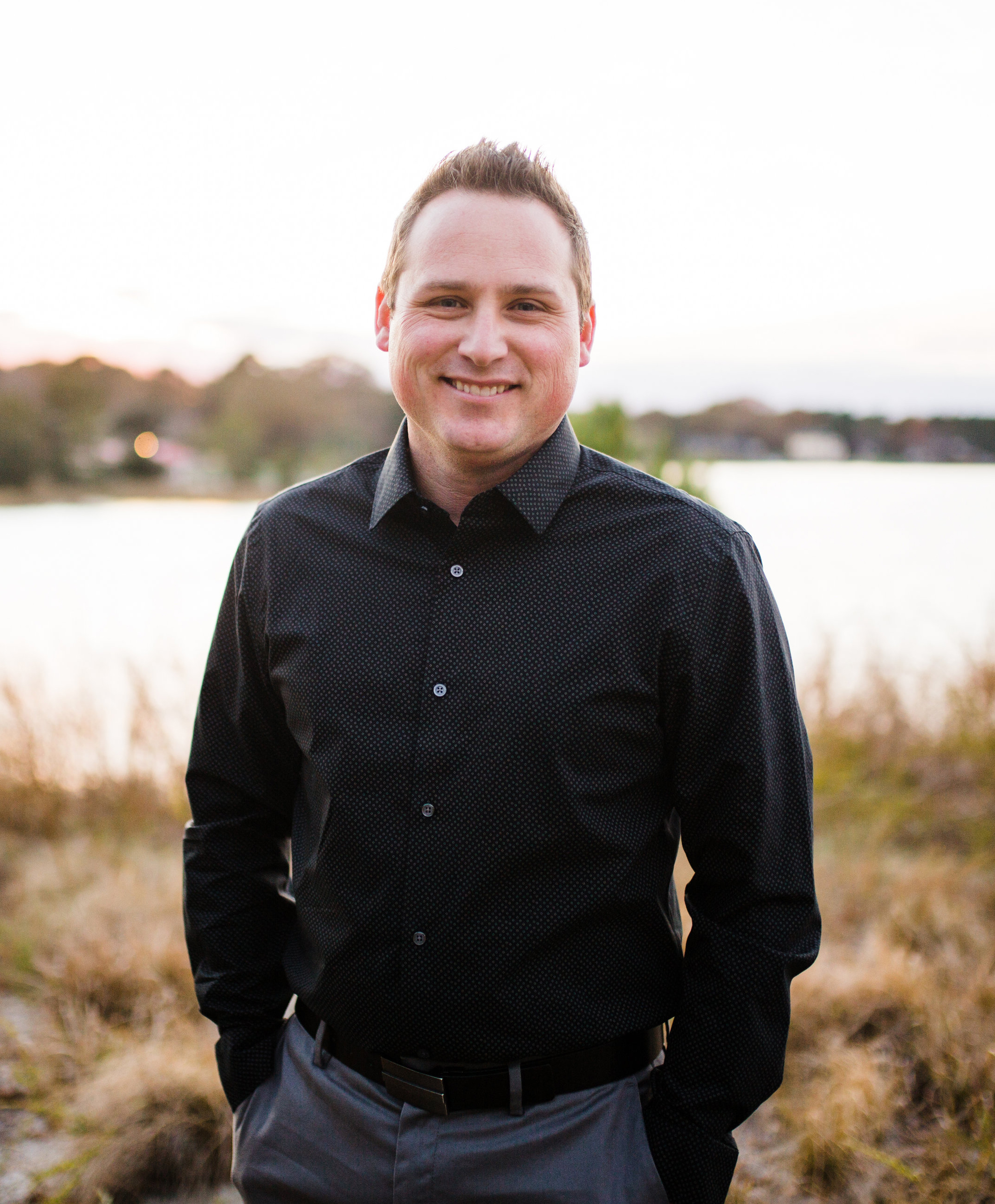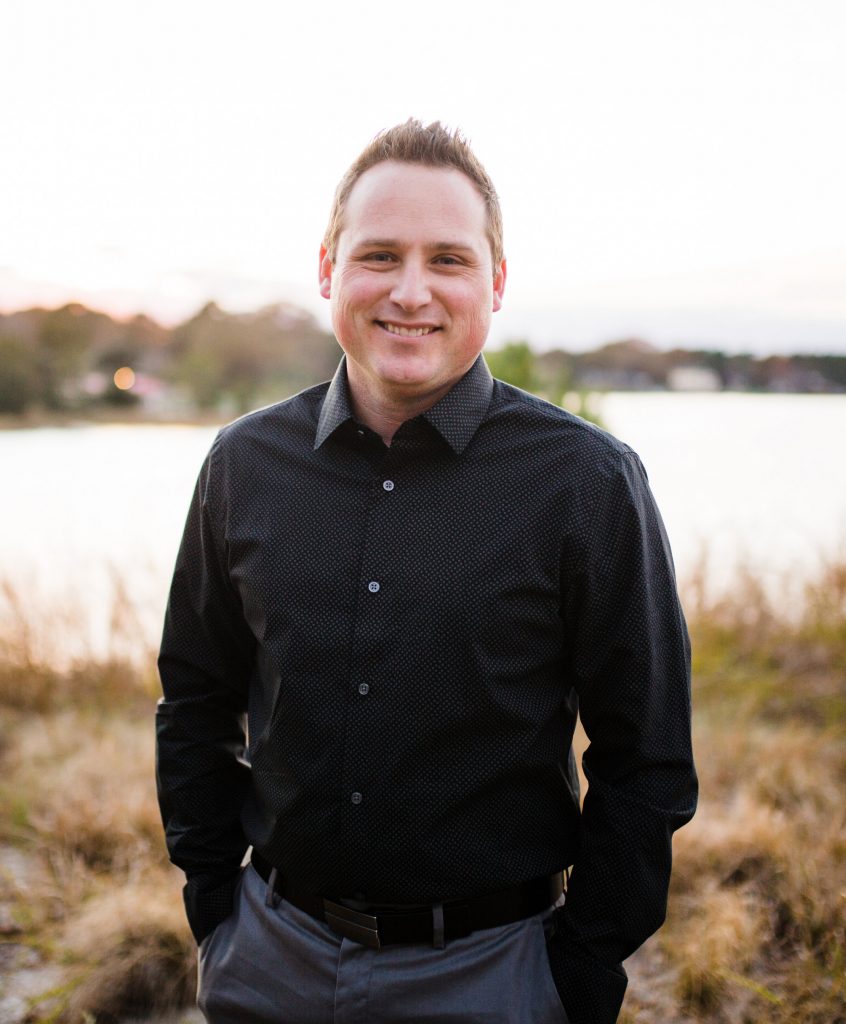As architects we must advocate for our profession and have a voice in our government. There are many ways for us to advocate for architecture including connecting with our local and state leaders. Recently, I had the opportunity to meet Senator Glen Sturtevant at an event I was attending. After the event, I followed up with Senator Sturtevant thanking him for the conversation and expressing the desire for the Richmond chapter to become more involved in our local government. From that correspondence, Senator Sturtevant offered to come meet with our Community & Government affairs committee to discuss the state government and ways for our chapter to become more engaged in the state and local government.
Senator Sturtevant attended our August committee meeting and our committee had a wonderful conversation with him. He explained that becoming familiar with your local government opens up a line of communication to work together on issues that pertain to our profession. Active engagement is paramount to impacting our community on the local level. Throughout the meeting, we found topics that members of our committee could assist him with and let the Senator know that we are here to help. From this meeting, I hope that conversations with our representatives continue and that if Senator Sturtevant ever has a question or needs an opinion related to architecture, he knows that AIA Richmond will be here to help.
Krystal Anderson, AIA
2019 President
AIA Richmond

